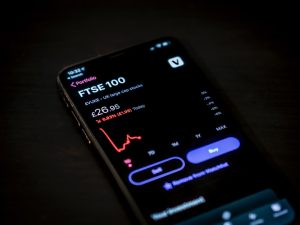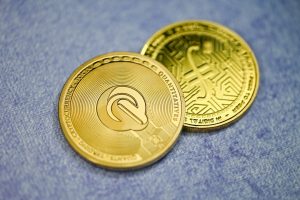Forex traders have a variety of trading instruments to choose from, including currencies, stocks, commodities, and metals. Trading metals in forex is a popular option for traders looking to diversify their portfolios and benefit from the volatility of these assets.
Metals, such as gold, silver, and copper, have been used as a store of value and a medium of exchange for centuries. They are considered safe haven assets, meaning that investors tend to flock to them during times of economic uncertainty or market volatility. This makes them an attractive option for forex traders looking to hedge against risk or profit from market fluctuations.
In this article, we will explore how to trade metals in forex, including the different types of metals available, the factors that affect their prices, and the strategies that traders can use to profit from their movements.
Types of Metals Available for Trading in Forex
The most commonly traded metals in forex are gold, silver, and copper. Let’s take a closer look at each one:
Gold: Gold is considered the ultimate safe haven asset and is often used as a hedge against inflation and economic uncertainty. It is also used in jewelry, electronics, and other industrial applications. Gold is traded in ounces, with the price quoted in US dollars per ounce.
Silver: Silver is also considered a safe haven asset and is used in a variety of industrial applications, including electronics, solar panels, and medical equipment. It is traded in ounces, with the price quoted in US dollars per ounce.
Copper: Copper is an industrial metal that is used in construction, electronics, and other manufacturing industries. It is traded in pounds, with the price quoted in US dollars per pound.
Factors that Affect the Prices of Metals
The prices of metals are influenced by a variety of factors, including supply and demand, geopolitical events, economic data, and currency exchange rates. Let’s take a closer look at each one:
Supply and Demand: Like any other commodity, the prices of metals are affected by supply and demand factors. If there is a shortage of a particular metal, its price will tend to rise as buyers compete for limited supplies. Conversely, if there is an oversupply of a metal, its price will tend to fall as sellers try to offload their excess inventory.
Geopolitical Events: Political instability, wars, and other geopolitical events can have a significant impact on the prices of metals. For example, if there is a conflict in a major copper-producing country like Chile, the price of copper is likely to rise as investors anticipate a disruption in supply.
Economic Data: Economic data, such as GDP, inflation, and employment figures, can also affect the prices of metals. For example, if inflation is rising, investors may flock to gold as a hedge against inflation, which could drive up its price.
Currency Exchange Rates: The prices of metals are also affected by currency exchange rates. If the US dollar is strengthening against other currencies, the price of metals denominated in US dollars will tend to fall, as it becomes more expensive for buyers using other currencies.
Trading Strategies for Metals in Forex
Now that we understand the factors that affect the prices of metals, let’s take a look at some trading strategies that traders can use to profit from their movements:
Trend Trading: Trend trading involves identifying the direction of a trend and entering a position in the same direction. For example, if the price of gold is trending upwards, a trader may enter a long position in gold and hold it until the trend reverses.
Swing Trading: Swing trading involves entering and exiting positions based on short-term price swings. For example, if the price of silver is fluctuating within a range, a trader may enter a long position when the price is at the bottom of the range and exit when it reaches the top.
News Trading: News trading involves entering positions based on the release of economic data or other market-moving news events. For example, if there is a positive jobs report, a trader may enter a long position in copper, as it is often seen as a bellwether of the economy.
Hedging: Hedging involves using metals to offset the risks of other positions in a trader’s portfolio. For example, if a trader has a long position in a currency pair, they may enter a short position in gold as a hedge against any potential downside risk.
Conclusion
Trading metals in forex can be a lucrative way to diversify a trader’s portfolio and benefit from the volatility of these assets. By understanding the factors that affect the prices of metals and using the right trading strategies, traders can profit from their movements and protect their portfolios against risk.





